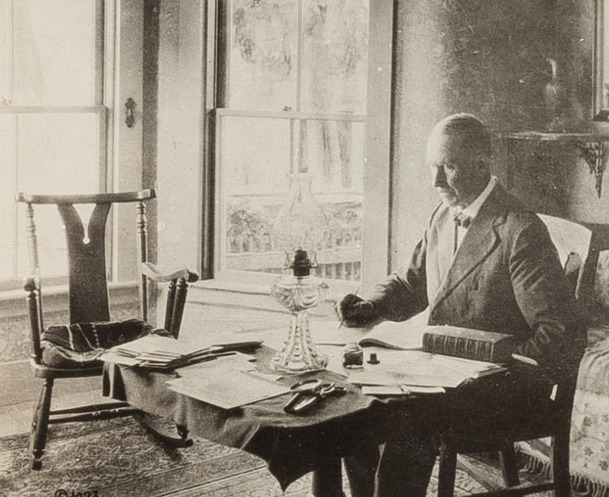
By Jim O’Neal
After the 1928 election, President-elect Herbert Hoover met with incumbent Calvin Coolidge to make a special request. There were four months to go until inauguration and Hoover planned to use six weeks of that time to tour Latin America. He asked the president to place a battleship at his disposal since he wanted to include Mrs. Hoover, who spoke fluent Spanish.
Initially, Coolidge suggested a cruiser “since it does not cost so much,” but finally relented and gave Hoover the battleship USS Maryland one way and then the USS Utah to come home from Montevideo, Uruguay. This was classic Calvin Coolidge, always looking for creative ways to avoid federal spending.
Then Coolidge dispatched his final annual message to Congress on Dec. 4. The document revealed the optimism felt by Coolidge and the nation as a whole: “No Congress of the United States, on surveying the State of the Union, has met with a more promising prospect than that which appears at the present time. In the domestic field, there is tranquility and contentment, harmonious relations between management and wage earner, freedom from industrial strife and the highest record of years of prosperity.”
In his budget address, read to Congress the following day, Coolidge said estimated revenues for 1929 were $3.831 billion with expenditures of $3.794 billion. Since the surplus was smaller than hoped for, he would not ask for yet another tax cut.
Calvin Coolidge – who assumed the presidency when Warren Harding died in 1923 – had a simplistic fiscal philosophy: hold the line on spending and if possible reduce it, while at the same time cutting taxes. He believed this would result in greater personal freedom and a more moral population. In 1923, federal expenditures were $3.1 billion and fell to $3.0 billion by 1928. Despite tax cuts, revenues were the same at $3.9 billion and the national debt fell from $22.3 billion to $17.6 billion. The number of federal employees in Washington fell from 70,000 to 65,000.
By 1929, automobiles jammed the roads, spurring a major construction boom. The Ford Model A was enthusiastically greeted in 1927, but the talk of the industry was Walter Chrysler, who came from nowhere to build the third-largest company in the industry. Auto sales zoomed and the Federal Oil Conservation Board announced the country was in danger of running out of petroleum.
The front-page news of early 1929 was Britain’s ailing King George V, whose sons were rushing home to his bedside. But the business pages focused on RCA’s purchase of the Victor Talking Machine Company, following the acquisition of Keith-Albee-Orpheum, which was renamed RKO. The stock of RCA was now selling at a P/E of 26 and there was talk of a 5-for-1 stock split.
Wall Street was booming and dividends were at an all-time high. The Federal Reserve was complaining about the banks using their money to fuel speculation, but the only response was from the small Dallas Reserve, which raised their discount rate to 5 percent (yawn). A few months later, Wall Street crashed and the entire country spiraled down into the Great Depression, which would last the next 10-plus years.
Welcome to Washington, D.C., President Hoover. It’s all yours!
 Intelligent Collector blogger JIM O’NEAL is an avid collector and history buff. He is president and CEO of Frito-Lay International [retired] and earlier served as chair and CEO of PepsiCo Restaurants International [KFC Pizza Hut and Taco Bell].
Intelligent Collector blogger JIM O’NEAL is an avid collector and history buff. He is president and CEO of Frito-Lay International [retired] and earlier served as chair and CEO of PepsiCo Restaurants International [KFC Pizza Hut and Taco Bell].
